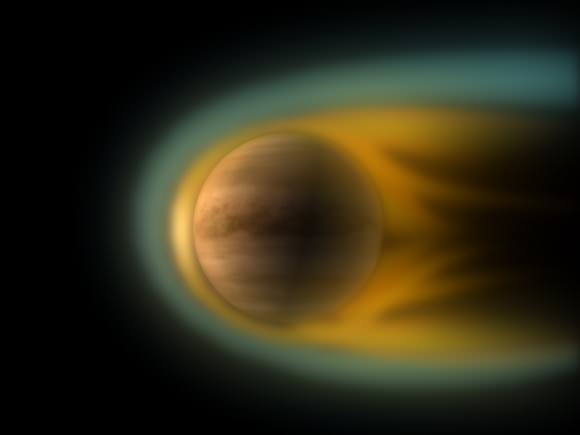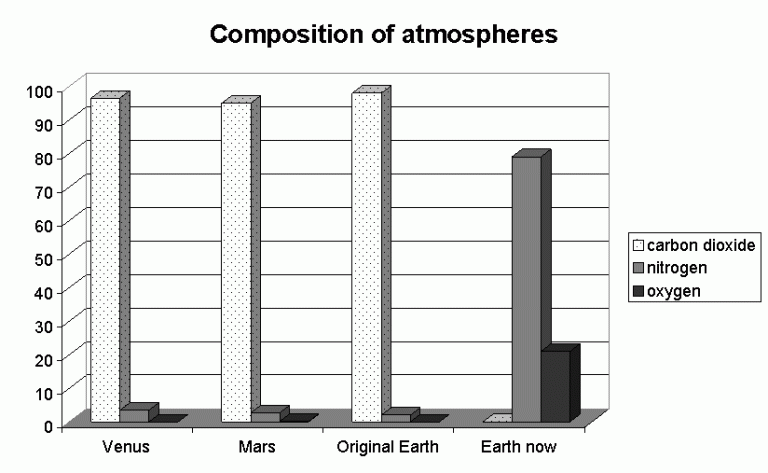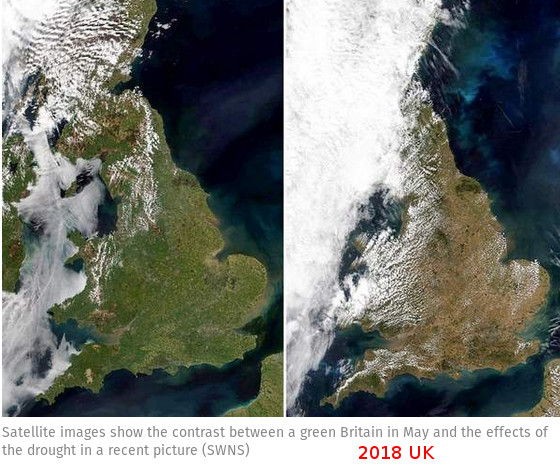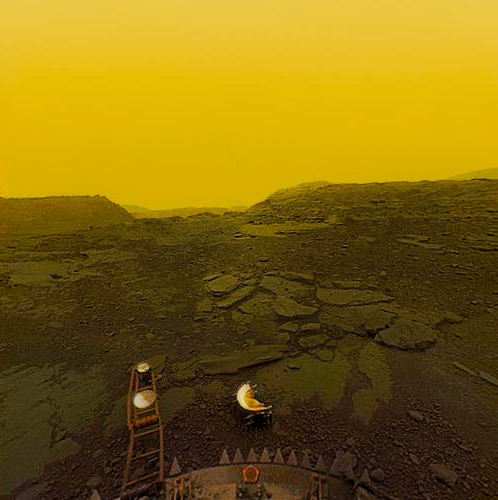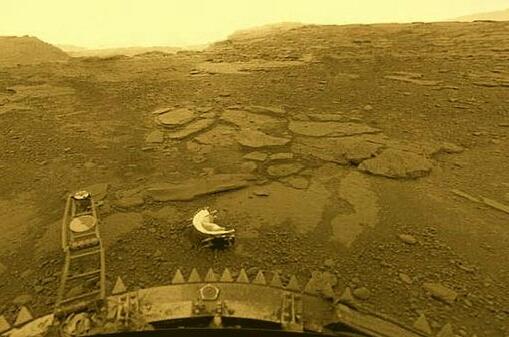“Venus is an excellent lessor for us” “Volcanoes released so much CO2” it started a run-away greenhouse effect making Venus the hellish habitat it is today
This Is What Planets Looked Like 3.8 Billion Years Ago:
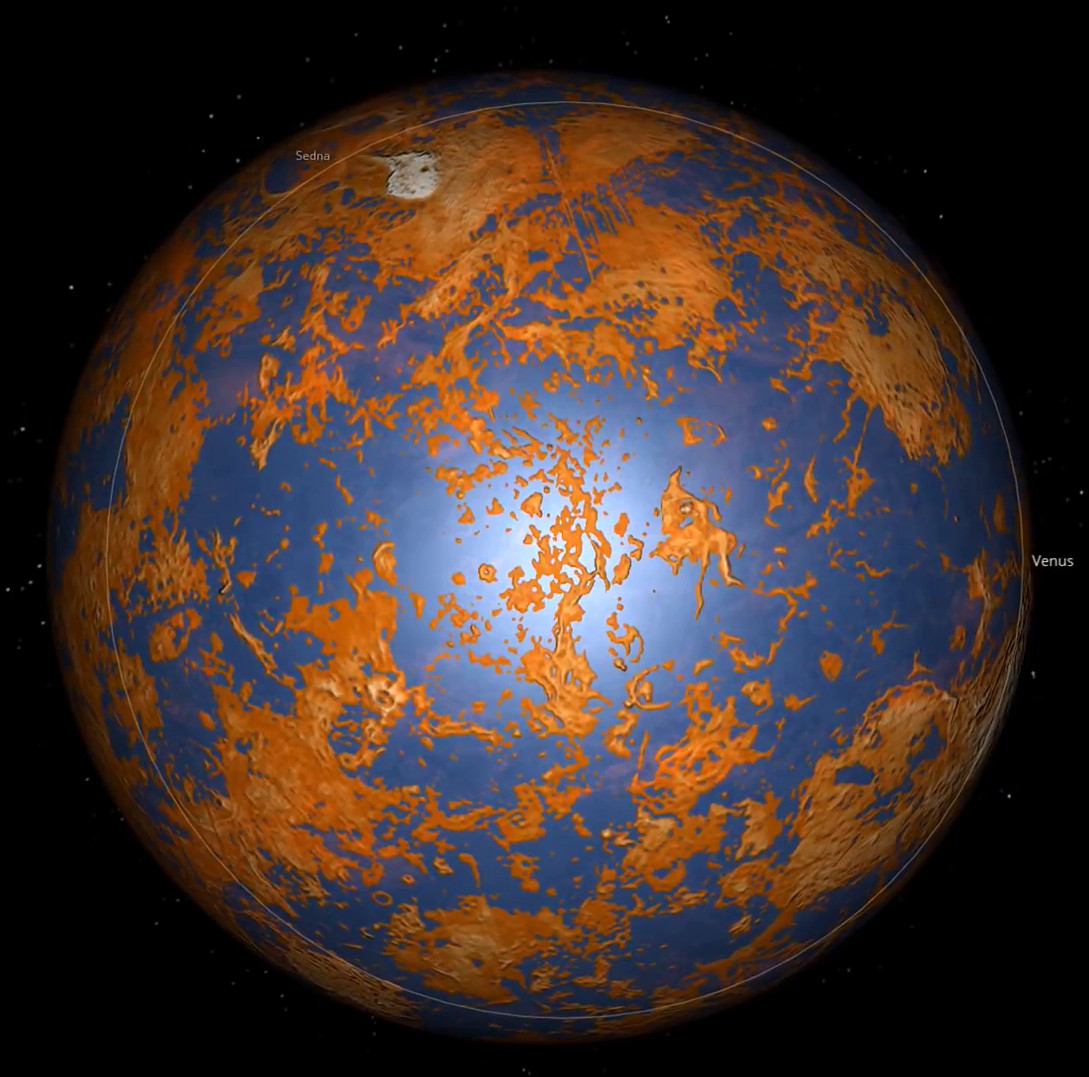
Venus 3.8 Billion years ago, volcanic eruptions released so much CO2 that lead to run-away greenhouse effect making Venus the hellish +500C sulfuric-acid-metal-rain world it is now.
“If Earth loses ability to fix CO2” (warming oceans, permafrost melting = releasing methane) then we are f… “Earth is probably going to become even hotter than Venus” (+500C)
“Venus is a warning for us because it shows what happens when CO2 goes out of control”
https://dwaves.de/2021/06/16/what-earth-mars-and-venus-planets-looked-like-3-8-4-billion-years-ago/
“Any future colonization efforts directed at the Mars all share one problem in common; their reliance on a non-existent magnetic field. Mars’” which got lost 4 billion years ago. (src)
Venus – the Roman goddess of love, beauty, fertility and prosperity is in deed a “hot” one. +500C/+900F kind of hot.
it rains liquid metal… and sulfuric acid. “great”.
in short: venus like mars: no magnetic shield = loss of atmosphere & water by solar-wind = bad
all the water get’s blown away by solar wind INTO SPACE which f***d up the living conditions on Venus and Mars.
we got lucky with planet earth’s magnetic field – may have been important for water to stay and life to form.
“Any future colonization efforts directed at the Mars all share one problem in common; their reliance on a non-existent magnetic field. Mars’” which got lost 4 billion years ago. (src)
(src)
atmosphere and climate change: satellite picture of England
with water to stay and oceans to form – simple plant and algae life that feeds on the sun and carbon dioxide (CO2) transformed earth’s atmosphere and produced oxygen (O2) the stuff the more complex life forms (dinosaurs, mankind and animals) on this planet breaths.
Now we burn fossil fuels in order to turn O2 into CO2 and heat up the planet… hopefully not to the venus-kind-of-klling-hottness.
“heat and drought in Europe” (src)
“Unlike a planet such as Earth, which has a variable temperature range, Venus’ surface temperature remains constantly around 480 degrees Celsius, or 896 degrees Fahrenheit. This uniform temperature is due to two primary causes — the tilt of the planet on its axis and the atmospheric conditions. The tilt of Venus is only 3 degrees, compared to Earth, which is tilted at 23 degrees. The small degree of tilt allows for the maintenance of the planet’s temperature. The incredibly thick atmosphere composed of carbon dioxide also contributes by holding in heat, so that even the side facing away from the sun remains hot.” (src)
pictures of venus surface:
“The spacecraft was designed to last about half an hour on Venus’ harsh surface, but sent back data for more than two hours after its landing March 1, 1982.” (src)
Venera 9: (src)
Venera 10: (src)
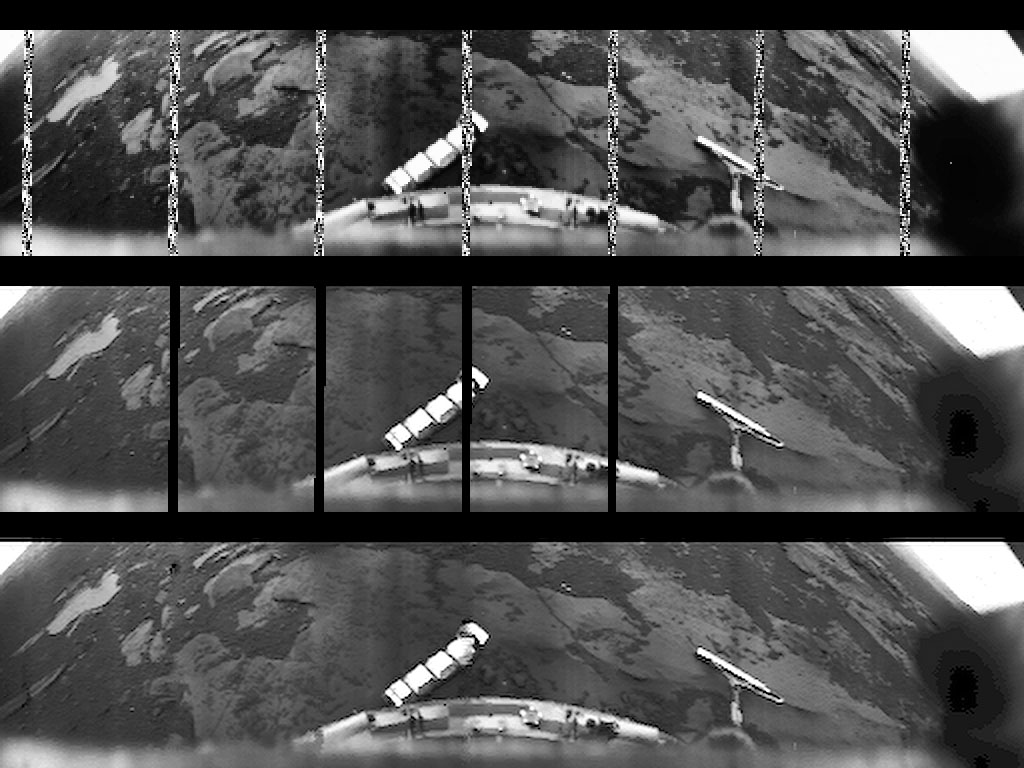
Venera 10 image of Venusian surface (1975). 174-degree raw 6-bit logarithmically encoded telemetry seen above. Linearized and aperture corrected view in center, including data from a second 124-degree panorama. Bottom image had missing portions in-painted with Bertalmio’s algorithm.
Venera x?: (src)
Venera 13: (src)
Venera 14: (src)
nasa pictures: https://photojournal.jpl.nasa.gov/targetFamily/venus
Major Discoveries by Venus Express: 2006-2014
7. Water loss
Venus and Earth are similar in size and density, so these close neighbours almost certainly formed at the same time and from the same constituents. Yet today Earth is a water-rich world, whereas Venus is extremely dry. What happened to all of the water that presumably existed on the infant Venus?
Venus Express has confirmed that a large quantity of water has been lost into space over billions of years. The spacecraft’s magnetometer instrument (MAG) made the first ever detection of atmospheric loss on Venus’s day side. Then, in 2007, the Analyser of Space Plasma and Energetic Atoms (ASPERA) instrument discovered a rapid loss of hydrogen and oxygen from the night side.
This depletion occurs because water molecules in its upper atmosphere are split by incoming ultraviolet radiation from the Sun. This process creates two hydrogen atoms and one oxygen atom for each dissociated molecule.
The solar wind – a stream of charged particles from the Sun – then strikes the upper atmosphere and carries the hydrogen and oxygen atoms into space. Unlike Earth, Venus does not generate a magnetic field which can protect its atmosphere from the solar wind.
Venus Express has measured the rate of this escape and confirmed that roughly twice as much hydrogen as oxygen is escaping, confirmation that water (H2O) is the source of these escaping ions.
It has also shown that a heavy form of hydrogen, called deuterium, is progressively enriched in the upper regions of Venus’s atmosphere because the heavier gas finds it less easy to escape the planet’s gravitational grip.
This is one of the major discoveries made by Venus Express during the last eight years. Read more on the following pages:
| Major discoveries by Venus Express: 2006-2014 |
|
#5. Snow on Venus? |
|
#6. Ozone layer |
|
#7. Water loss |
liked this article?
- only together we can create a truly free world
- plz support dwaves to keep it up & running!
- (yes the info on the internet is (mostly) free but beer is still not free (still have to work on that))
- really really hate advertisement
- contribute: whenever a solution was found, blog about it for others to find!
- talk about, recommend & link to this blog and articles
- thanks to all who contribute!



